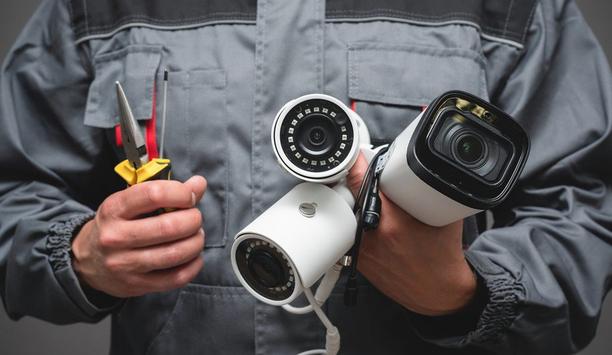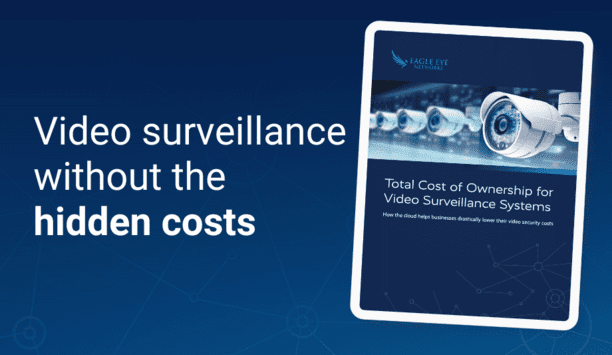Eagle Eye Networks, the global pioneer in cloud video surveillance, today launched 2-Way Audio, a bidirectional audio capability that provides remote communication via the Eagle Eye Cloud VMS (Video Management System) for secure, convenient communication to deliver active monitoring and response.
The 2-Way Audio feature uses a standard IP speaker or horn connected to an Eagle Eye Bridge or CMVR to enable security professionals to instantly communicate warnings to intruders, deter security threats, or manage crowds. Businesses can also use 2-Way Audio to communicate with staff, customers, and visitors in real-time.
Secure, easy, communication to cloud video
“Eagle Eye’s new 2-Way Audio brings secure, easy, communication to cloud video surveillance empowering businesses to communicate with individuals on site remotely,” said Dean Drako, Founder and CEO of Eagle Eye Networks.
“While 2-Way Audio is designed to be a critical factor for security-enhancing perimeter protection, de-escalating and delivering important information during emergencies and dissuading intruders, it will also help business owners with operations, customer service, and employee support.”
2-Way Audio features and applications
Part of a customisable video management solution, 2-Way Audio includes:
- Mobile access: Use the Eagle Eye Viewer app on an iOS or Android mobile device to communicate
- Quick setup: Easily connect an approved IP speaker or horn to Bridge or CMVR
- Communications Network: Link multiple cameras to an IP speaker or horn to create a communication network
- Alerts: Receive trespassing or loitering alerts using video analytics and communicate directly with suspicious individuals to deter any threat
- Real-time communication: High-quality audio with low latency
- Secure communication: Eagle Eye 2-Way Audio provides an audit log of audio sessions, associated users, and timestamps, as well as changes and updates to speakers
Combined with true cloud video surveillance, 2-Way Audio is ideal for multi-family residences, hotels, restaurants, retail, schools, hospitals, smart cities, parking, car dealerships, storage facilities, and remote and temporary locations such as construction sites, oil/gas facilities, and food trucks.







